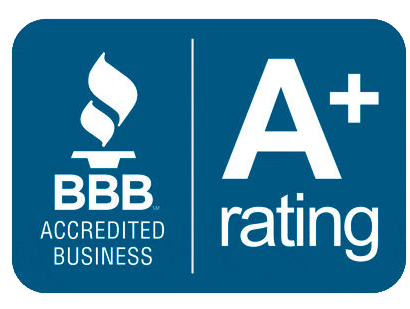What is the difference between automated external defibrillators and manual defibrillators?
In the event someone suffers Sudden Cardiac Arrest (SCA) , an Automated External Defibrillator (AED) and a Manual Defibrillator will both serve the same purpose. These devices are used to deliver a potentially life saving shock to restore a normal heart rhythm during sudden cardiac arrest. Although they use similar life saving technology, they do have some key differences.
What is the difference between an Auotmated External Defibrillator and a manual defibrillator?
In the world of emergency medical care, there are two main types of defibrillators: Manual Defibrillators and AEDs. A manual defibrillator is a sophisticated device typically operated by healthcare professionals, such as firefighters and EMS, who have undergone specialized medical device training. These medical devices require a deep understanding of cardiac rhythms as the defibrillation voltage is manually entered. AEDs on the other hand are commonly found in public access areas and are meant to be used by lay responders in the event of an emergency. The device automates many functions to guide the user through the defibrillation process with simple, clear instructions with some units offering audible and visual prompts.
Key difference between AEDs and Manual Defibrillators
- Decision Making: AEDs automatically analyze the patient’s heart rhythm and determine if a shock is necessary. In contrast, with manual defibrillators, users manually adjust the level of defibrillation as well as when a shock should be delivered. This is decided based on their assessment giving them greater control over the treatment to restore normal heart rhythm.
- Flexibility and Control: Manual defibrillators allow for adjustments in energy levels tailored to individual patient needs, providing flexibility and control in critical situations.
- ECG Monitoring: Manual Defibrillators come equipped with the capability to monitor the patient’s ECG, allowing for ongoing assessment of the cardiac rhythm before and after defibrillation.
When are Manual Defibrillators typically used?
Manual Defibrillators are preferred in environments staffed by medical professionals. They are particularly advantageous in treating complex cardiac rhythms, responding to cardiac arrest in a hospital setting, or in conjunction with CPR. Manual defibrillators can even be used in treating infants and children experiencing cardiac arrest since they have the capability to adjust the dose of the shock administered.
AEDs and manual defibrillators operate differently but share the same objective of stabilizing the patient and restoring normal heart rhythm. AEDs expand the ability of everyday individuals to respond effectively in emergency scenarios, democratizing the tools of lifesaving intervention. Meanwhile, manual defibrillators continue to support healthcare professionals in providing advanced care. Understanding the capabilities and appropriate application of each type of defibrillator can help ensure that they are used effectively, maximizing the chance of survival in critical moments during sudden cardiac arrest.












